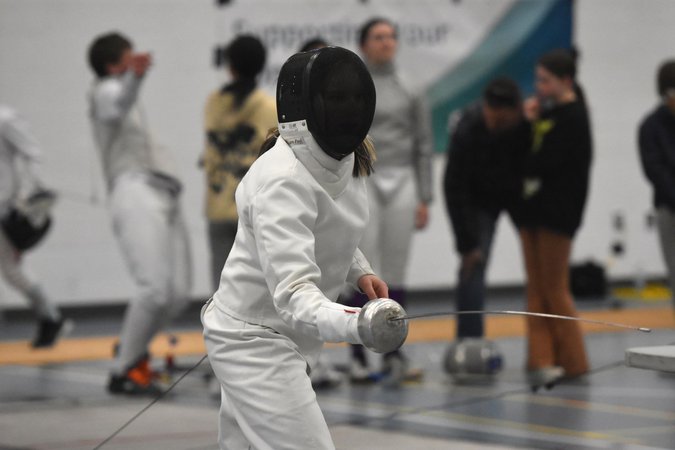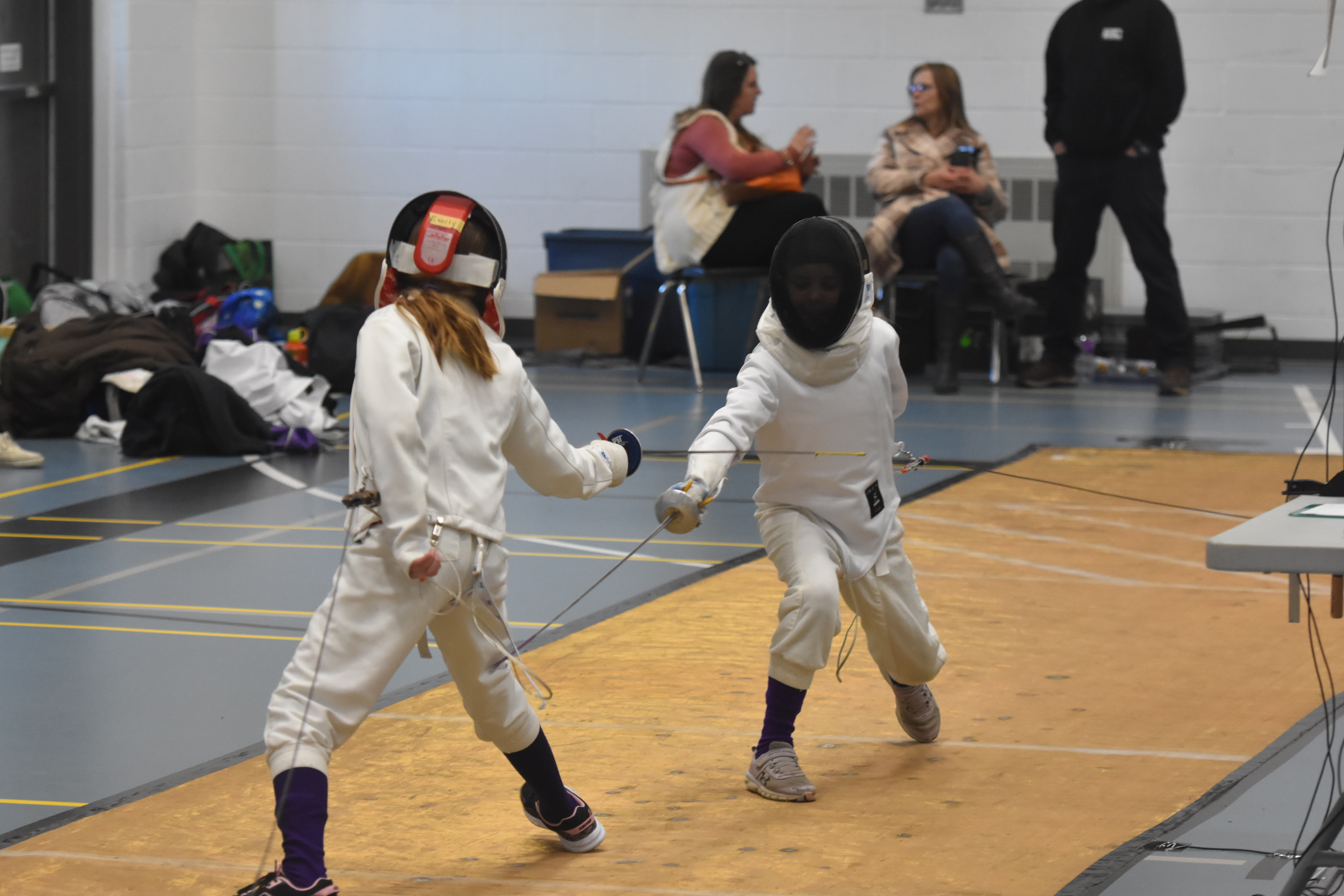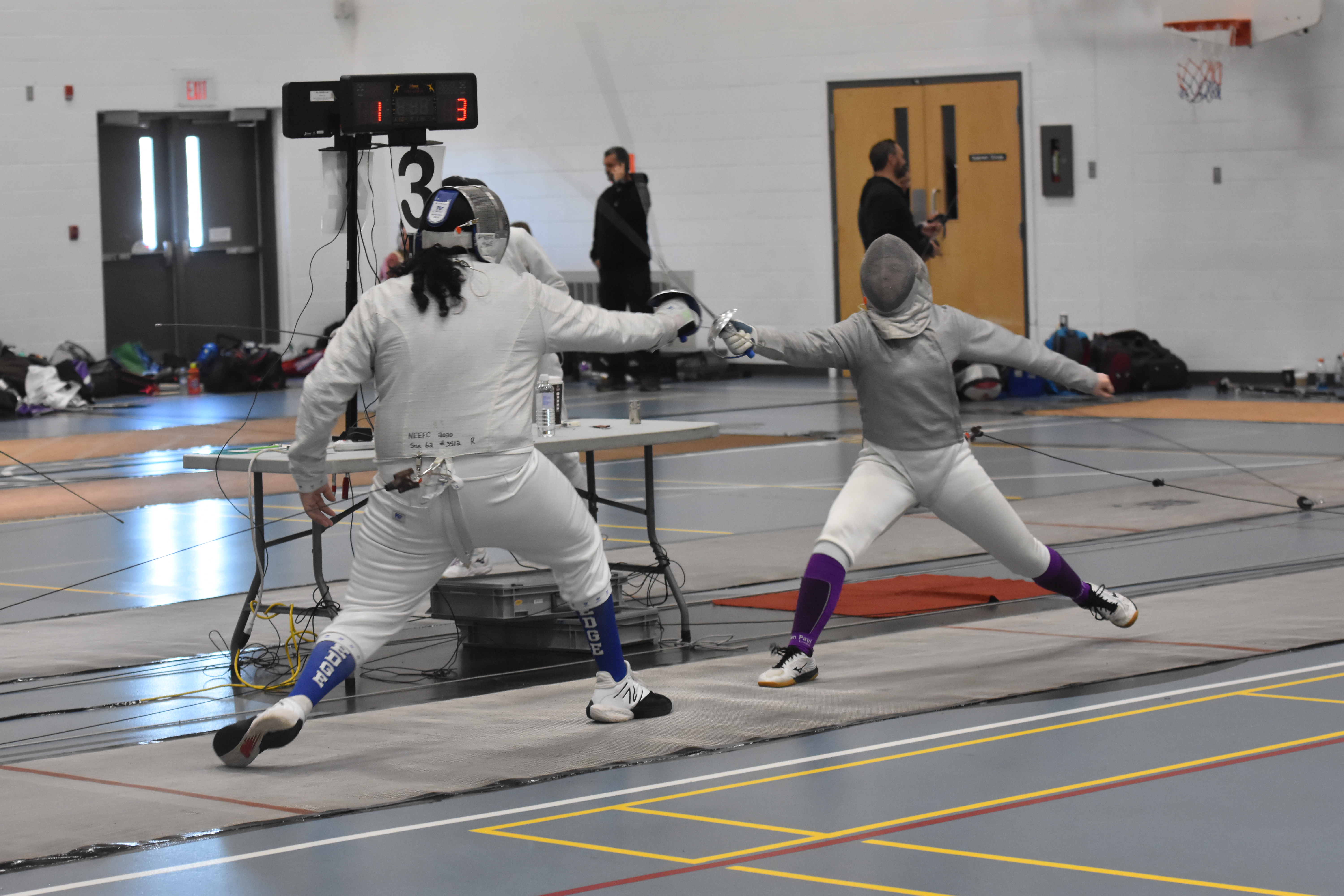
En garde: Fencing provincials attracts large crowd to Prince Albert
Roughly 80 of the provinces best fencers were in Prince Albert over the weekend as the city hosted the Saskatchewan Provincial Fencing Tournament for the first time ever.
The event was hosted by the Prince Albert Northern Knights Fencing Club and was held in the gymnasium at the Alfred Jenkins Fieldhouse. The tournament welcomed athletes of all ages from communities across Saskatchewan, including Swift Current, Regina, Saskatoon, Asquith and Melfort.
The clubs president Marcia Coulic-Salahub is a competitor herself and has been at the sport for five years. She said the sport was a family affair, leading her to giving it a try.
“My boys fenced for many, many years and then they needed a beginner coach. So, I started coaching and then I thought, well, if I’m coaching, maybe I should learn to actually fence,” she said.




